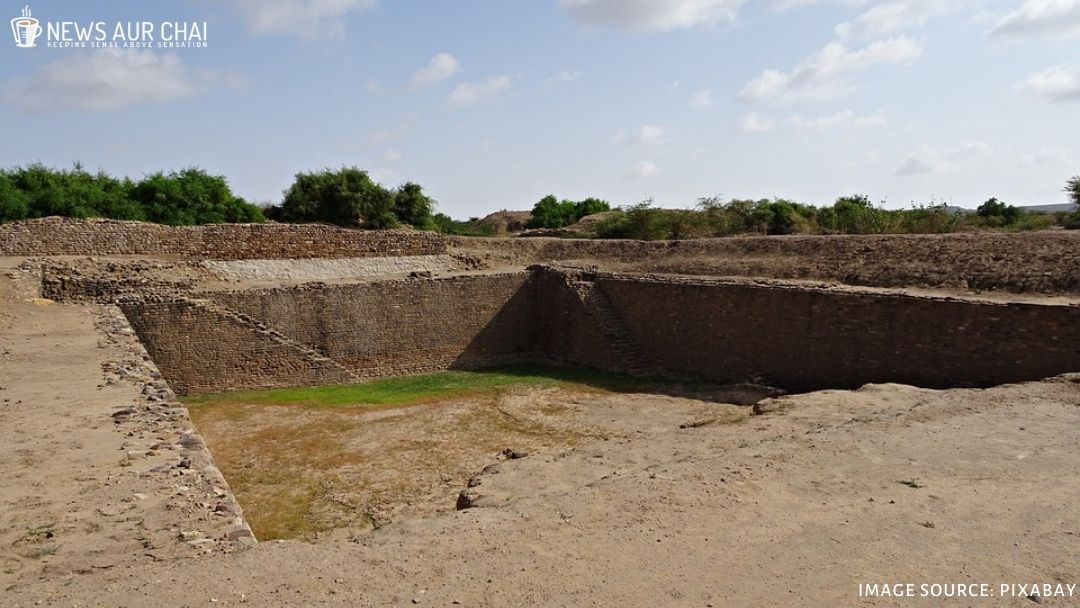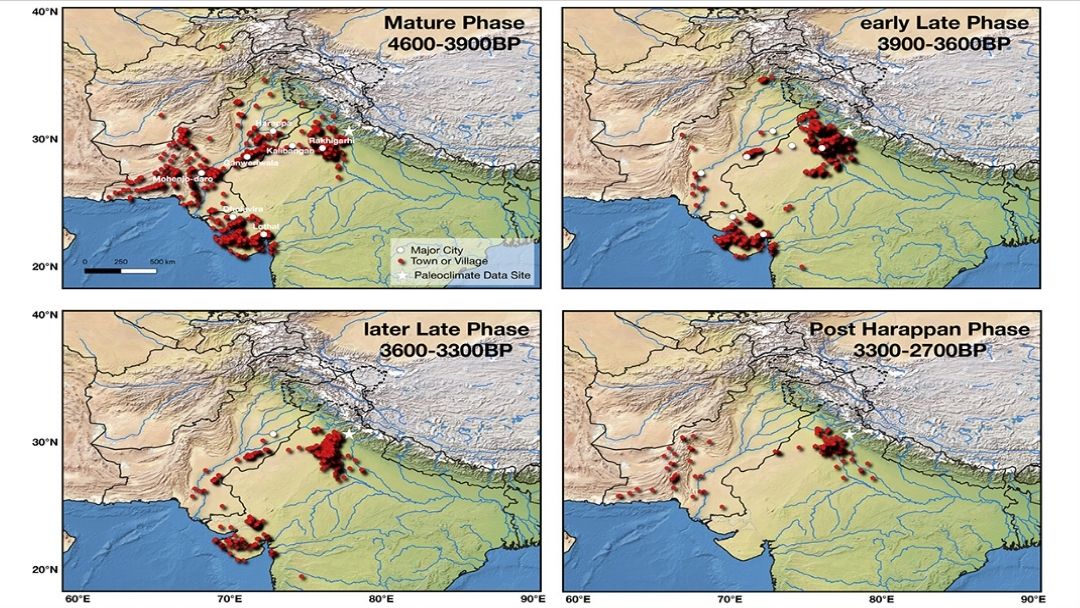Climate Change: Dawn And Dusk Of Indus Valley Civilization

A recent study of Rochester Institute by Mathematical Scientist, Nishant Malik, indicates climate change, predominantly, the transition in monsoon pattern as the start and end of Indus Valley Civilization.
The methodology in his study included palaeoclimatology (the study of past climates) with mathematical dynamical system and stable isotopes which are present in stalagmites (minerals deposited from solution by slowly dripping water) in caves enhancing more in-depth knowledge of ancient climatic transition.
The Daily Mail quoted Dr Malik “Indus Valley Civilization sites were found along the Ghaggar–Hakra river —a monsoon-fed river system. Hence, the Indus Valley Civilization was critically dependent on monsoon driven rainfall, a highly dynamic phenomenon.” This signifies the importance of rainfall in Indus.
What does the study indicate?
The study put forwards two-dimensional ideas related to climate change. The initial orbital force caused the end of Holocene climate optimum, i.e. warm period roughly 7,000 years ago and the advent of high rainfall led to Indus Valley Settlement.
The other dimension is that the same orbital force gradually started causing less rainfall in the region, not enough for Harrapans to carry out their agricultural activity and thus, they had to disperse in different areas gradually.

Only Maths is Enough?
Recently a team led by geneticist David Reich at Harvard University and archaeologist Vasant Shinde at Deccan College in Pune analyzed the DNA of a Harrapan Woman skeleton, whose genome closely matched with the DNA of Iran and Turkmenistan individuals. This suggests the possible migration due to unfavourable condition in Indus Valley, thereby supporting the climate change theory.
Last year, IIT Kharagpur and archaeological survey emphasized on “Earthquake” in Dholavira and Kalibangan, Indus Valley sites, as a reason of collapse siting the tectonic activity and climate change which lead to drying up of the river system.
Brief about Indus Valley and its decline theories:
The discovery of Harrapan Civilisation in 1921 drastically changed the course of Ancient Indian History and linked us to the oldest urban civilization. The decline of the same is propounded by many theories such as controversial “Aryan-Invasion theory” advocated by colonial historians to connect fall of Indus valley and the advent of Aryans in Gangetic plains, accusing the origin of Vedic culture of being an invasion. Oriental historians refuted this theory on lack of evidence, and they gave a new perspective with “Aryan-Migration theory” leading to gradual Indo-Aryan migration and the development of the Sanskrit language as evidence.
Other historians advocated the theory climatic change in rainfall, but Malik’s mathematical evidence brings us a step closer to comprehend the end of this marvellously mysterious civilization.





